Who hasn’t wished of coming up with a great idea that would make us filthy rich in no time? The truth is that coming with an idea for a product that will be hit in the market is not as simple as you think it is. But there are some people who are quite lucky and brave that they followed their weird ideas, believing that they will succeed; and succeed, they did!
H. Ty Warner’s Beanie Babies—$3–6 Billion
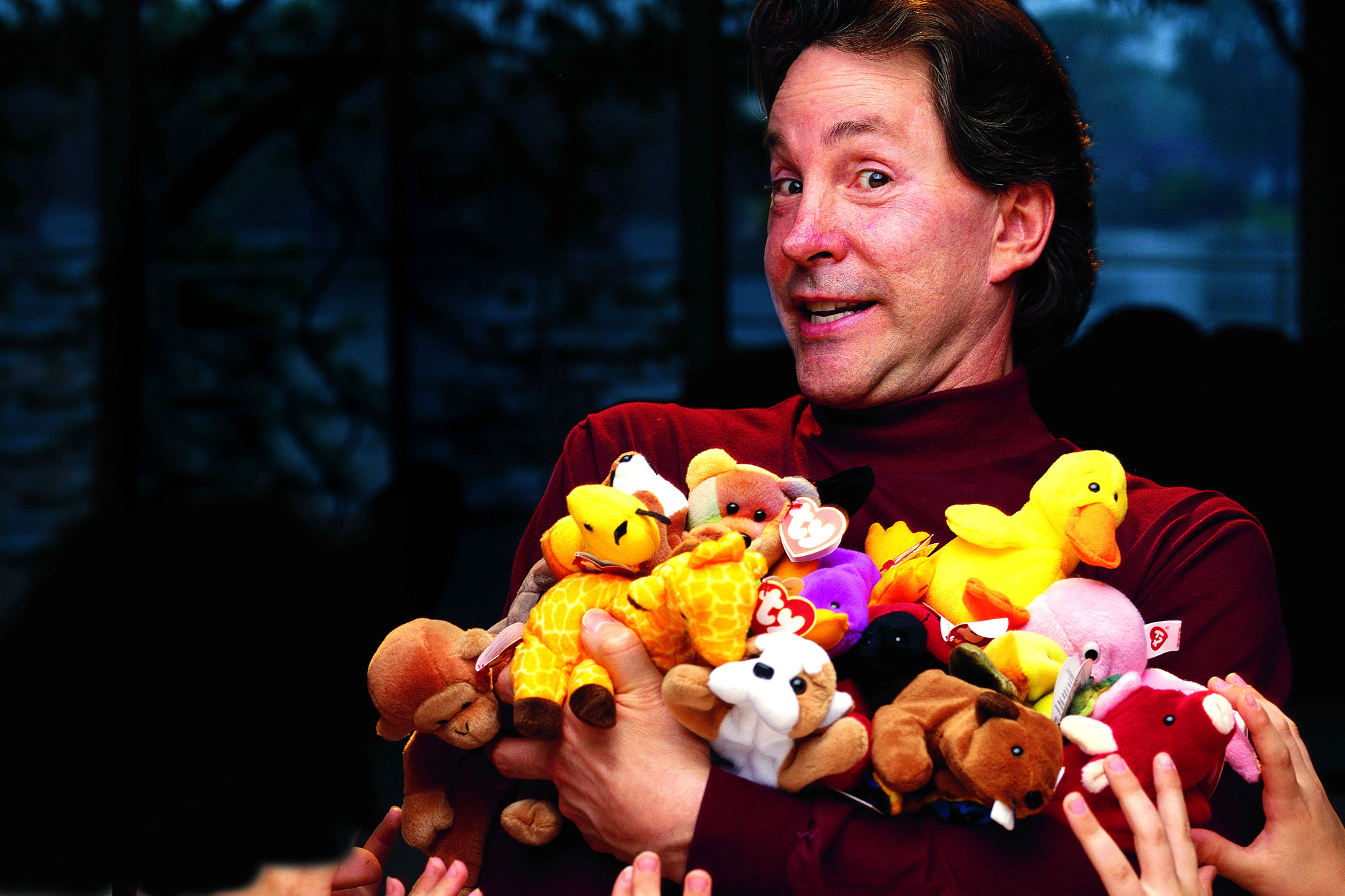
After trying to launch his acting career, Ty Warner started working as a plush toy maker salesman where his father also worked. Learning the ropes in the toy company, Ty formed his own marque. His company was not really successful until 1993.
In 1993, Ty introduced Beanie Babies. It was a line of stuffed animals that were made of inner posible lining and stuffed with plastic pallets or “beans.” Ty reportedly earned $700 million in one year at the peak of the Beanie Baby craze.
Gary Dahl’s Pet Rock—$1 Billion
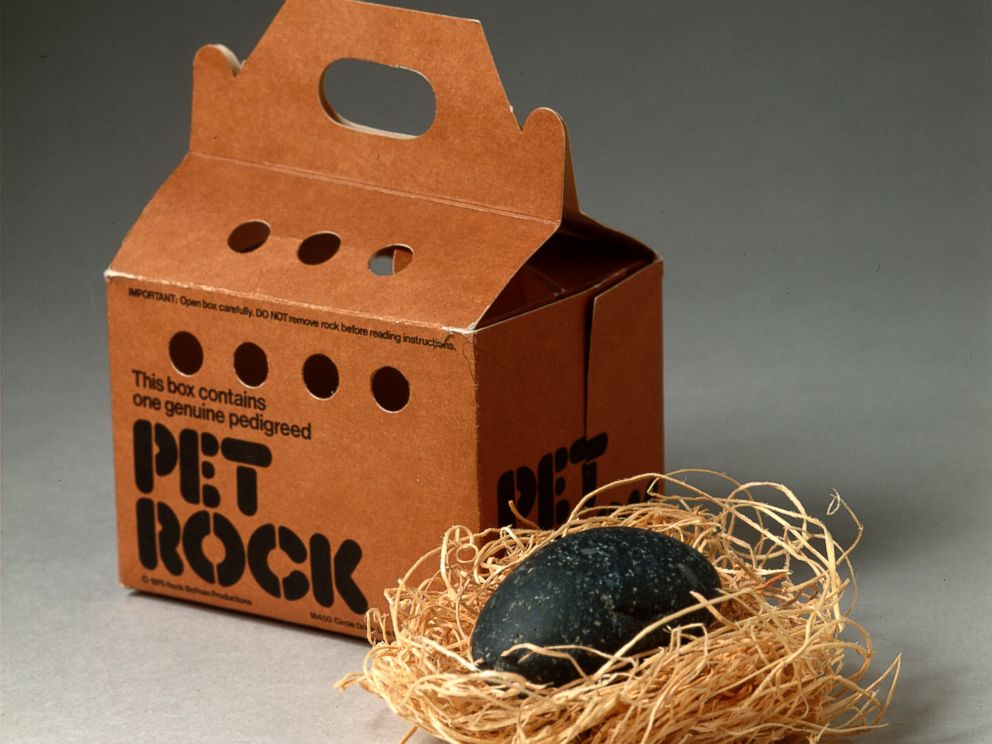
Gary Dahl was just having a good time in a bar with his friends some time in 1975 when his buddies started complaining about their pets. His friends’ complaints gave him an idea for the perfect pet: a rock. He drafted an instruction manual on how to take care of a “pet” rock. Then he imported smooth stones from Mexico’s Rosarito Beach, which he sold as “hassle-free pets.” His weird pets are packaged in cardboard boxes that look like pet carriers.
To the surprise of many, the rock pets became an instant hit. In a matter of months, Gary was able to sell 1.5 million of them, making him an instant millionaire. Gary had an estimated net worth close to $1 billion when he died.
Akihiro Yokoi and Aki Maita’s Tamagotchi—$900 Million
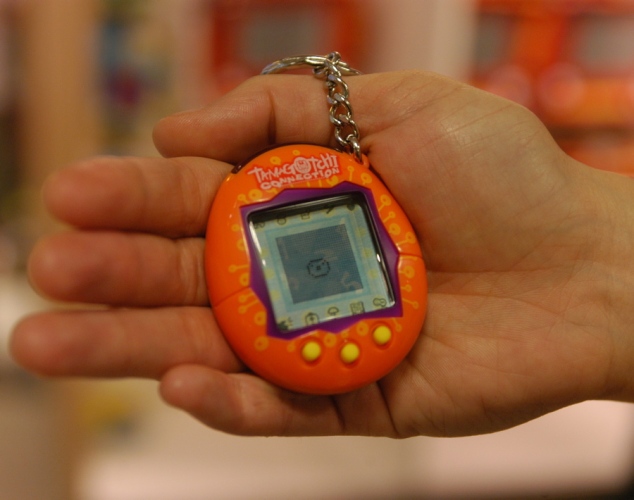
Japanese Akihiro Yokoi and Aki Maita created a small egg-shaped electronic pet which they named Tamagotchi (the name means egg in Japanese). Their electronic pets alert its owner when it needs something like food, play, bath, etc. The pet also dies if neglected. Tamagotchi was first sold in 1996.
The weird invention grossed about $900 million and more than 74 million units have been sold. The toy was also featured in two films, several Nintendo games, and three animated series.
Bernard and Murray Spain’s Yellow Smiley Faces—$500 Million
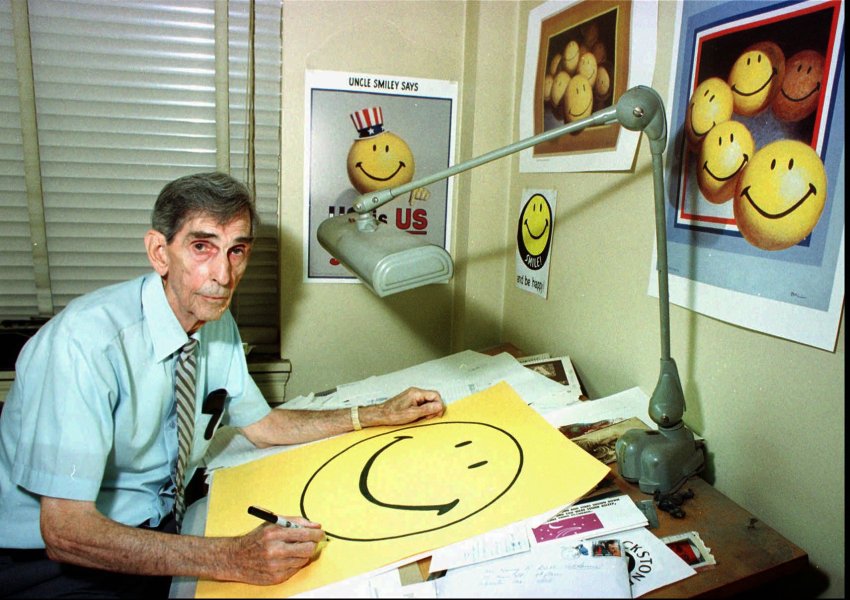
Graphic artist Harvey Ross Ball invented the round, yellow smiley face for a company that wanted to elevate employee morale in 1963. But it wasn’t the artist who got rich from the creation; it was Bernard and Murray Spain from Philadelphia. They saw the potential of the work and they attached a tag line “Have a Happy Day” in the early 1970s. The tag line was changed to “Have a Nice Day” soon after.
The Murrays sold 50 million smiley buttons and other products and helped return the nation’s optimism during the Vietnam War. The brothers’ two Hallmark shops became the Dollar Express chain, which was sold in 2000 for $500 million. In an interview, Harvey’s son said that his artist dad had no regrets for not registering the copyright. The artist earned just $45 ($315 today) for it.
[dfp1]
Richard James’s Slinky—$300 Million
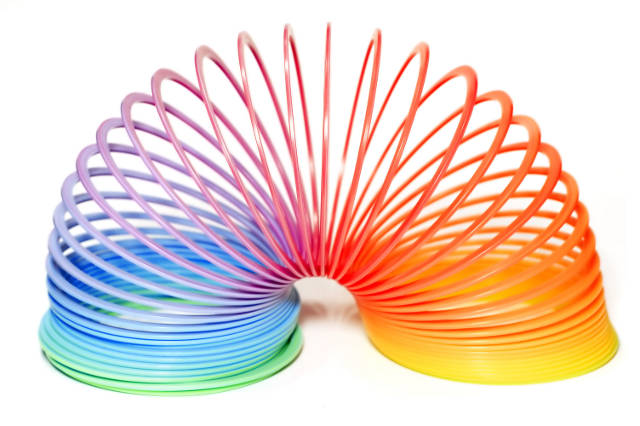
While trying to develop a way to suspend sensitive instruments aboard ships even in rough seas in 1943, naval engineer Richard James accidentally dropped a tension spring that he was working on. The engineer saw how the spring kept moving even after hitting the ground. A couple of years later, James introduced his Slinky at Philadelphia’s Gimbels. Over 300 million Slinkys have been sold since then. Each one has a starting price of $1. Do the math.
Scott Boilen’s Snuggie—$200 Million

Snuggie was invented by American entrepreneur Scott Boiler. The weird Snuggie is a body-length blanket with sleeves that look like a bathrobe but meant to be worn backward. Many thought his invention was ridiculous and that it won’t sell. Luckily for Boiler, he didn’t listen to the naysayers because 20 million Snuggies were sold in the first year of its release! Today, Boiler has a net worth of $200 million.
Scott Stillinger’s The Koosh Ball—$100 Million
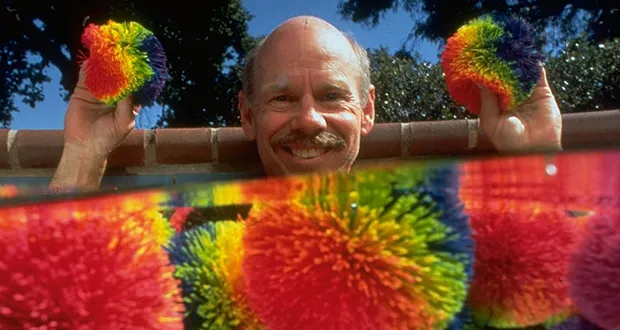
Scott Stillenger wanted to have a ball that would be easy for his young kids to hold and throw. So in 1986, he created a ball that has rubber strings attached to a soft rubber core. He named his invention after the landing sound it made—koosh! The Koosh ball was a instant hit when it was introduced to the market. Within a decade, Stillenger’s business is now worth $100 million.
[dfp2]



GIPHY App Key not set. Please check settings